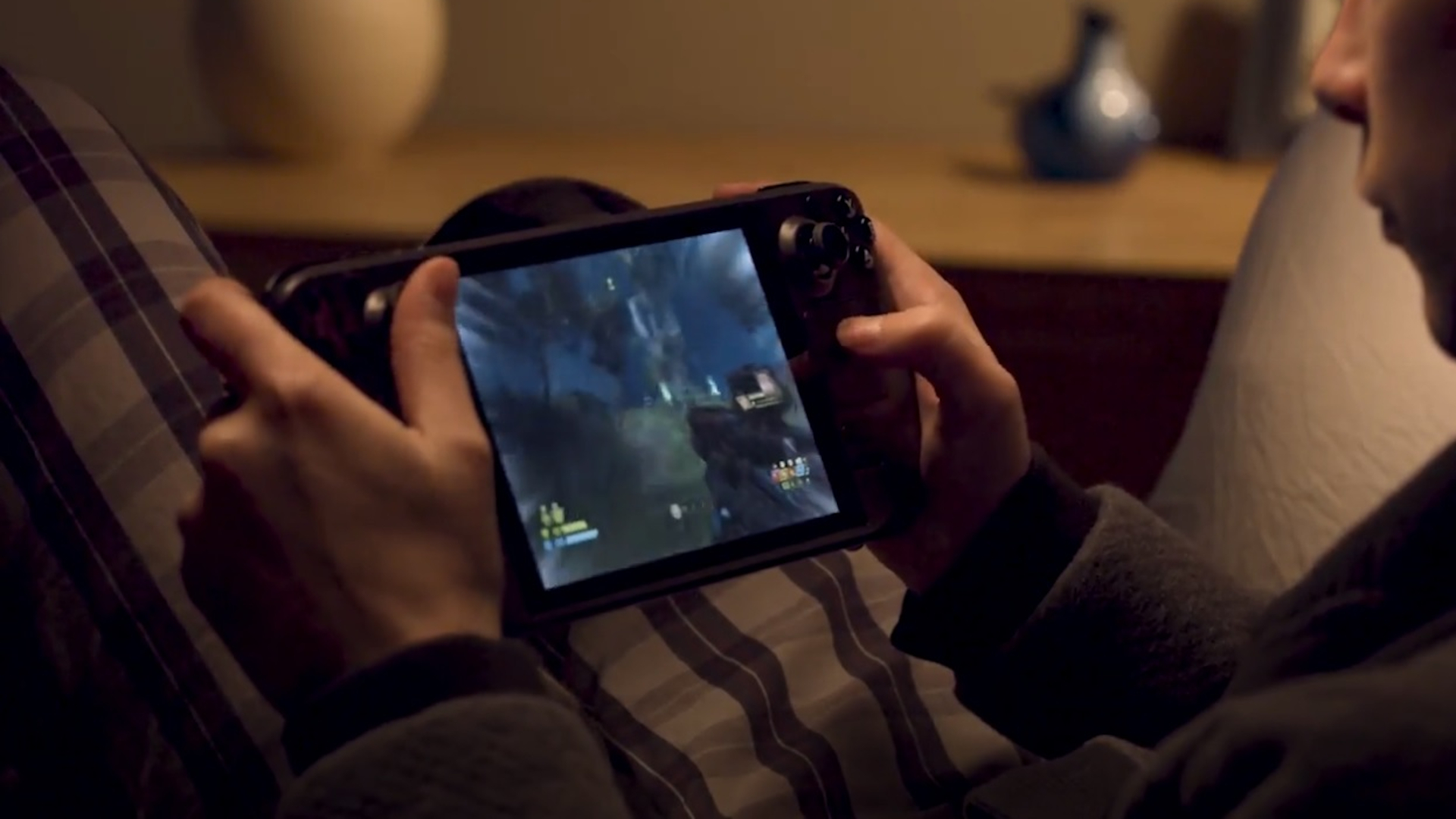Steam Deck: Finally, a handheld PC you might actually buy
And just like that, Valve has made a handheld gaming PC a must-have product this holiday.

Valve is a surprising new challenger entering the portable console gaming space with the announcement of the Steam Deck, a handheld gaming PC set to release in December. This SteamOS device isn't the first handheld gaming PC (remember the GDP Win Max, SMACH Z, or Nvidia Shield?), but it is the first one to find the balance between price and power that has often kept handheld gaming PCs from becoming mainstream. With this news, handheld gaming PCs went from being niche, expensive hardware to a device I can potentially recommend to my brother over a Nintendo Switch.
An AMD APU featuring a Zen 2 CPU and an RDNA 2 GPU with 8 compute units powers the Steam Deck, putting it in the same territory as a PS4 or Xbox One. Comparing GPUs, we think the budget AMD RX550, which came out in 2019 for around $145 and is a popular card for low-cost 1080p gaming PCs, is the best comparison.
“For the total APU combined power, it's about two teraflops,” Valve developer Pierre-Loup Griffais told IGN, “which should let people play the games that they have in their library without issues at 720p and provides lots of horsepower to that effect.”
Valve said the Steam Deck will have ray tracing and variable rate shading support. And since it's essentially a tiny gaming PC, you can go in and tweak graphics settings like you would any PC game.
Videos provided by Valve show us some different types of games running pretty smoothly, including Death Stranding, Doom Eternal, and Jedi: Fallen Order. Bluetooth compatibility means you can pair your wireless headphones or even a wireless gamepad just in case you're not vibing with the trackpads or awkward button layout.
But as with all portable technology, if you try to have it all, you end up with absurd Frankensteins that no one actually wants. Valve smartly avoids the everything-but-the-kitchen-sink design approach while still appearing like an upgrade to the market leader, the Nintendo Switch.
The cheapest model of the Steam Deck is only $50 more expensive than the just-announced $350 Nintendo Switch OLED. It's easy to compare this to Nintendo since the Steam Deck feels like the Switch Pro most Nintendo fans are still asking for. It already has a bunch of quality-of-life features that you won't find on the Switch, like Bluetooth support, SSD storage (NVMe on the 256GB and 512GB models), and the ability to throw your games onto a display without a docking station, via USB-C. Even Gabe Newell himself admits that locking in the surprisingly low price was "painful."
Keep up to date with the most important stories and the best deals, as picked by the PC Gamer team.
I recently said that handheld PCs makers need to take a second and see what they can do to price their systems more competitively when Nintendo announced the Switch OLED Model. Valve has shown us it's possible to do just that by keeping things simple and affordable.

Jorge is a hardware writer from the enchanted lands of New Jersey. When he's not filling the office with the smell of Pop-Tarts, he's reviewing all sorts of gaming hardware, from laptops with the latest mobile GPUs to gaming chairs with built-in back massagers. He's been covering games and tech for over ten years and has written for Dualshockers, WCCFtech, Tom's Guide, and a bunch of other places on the world wide web.

